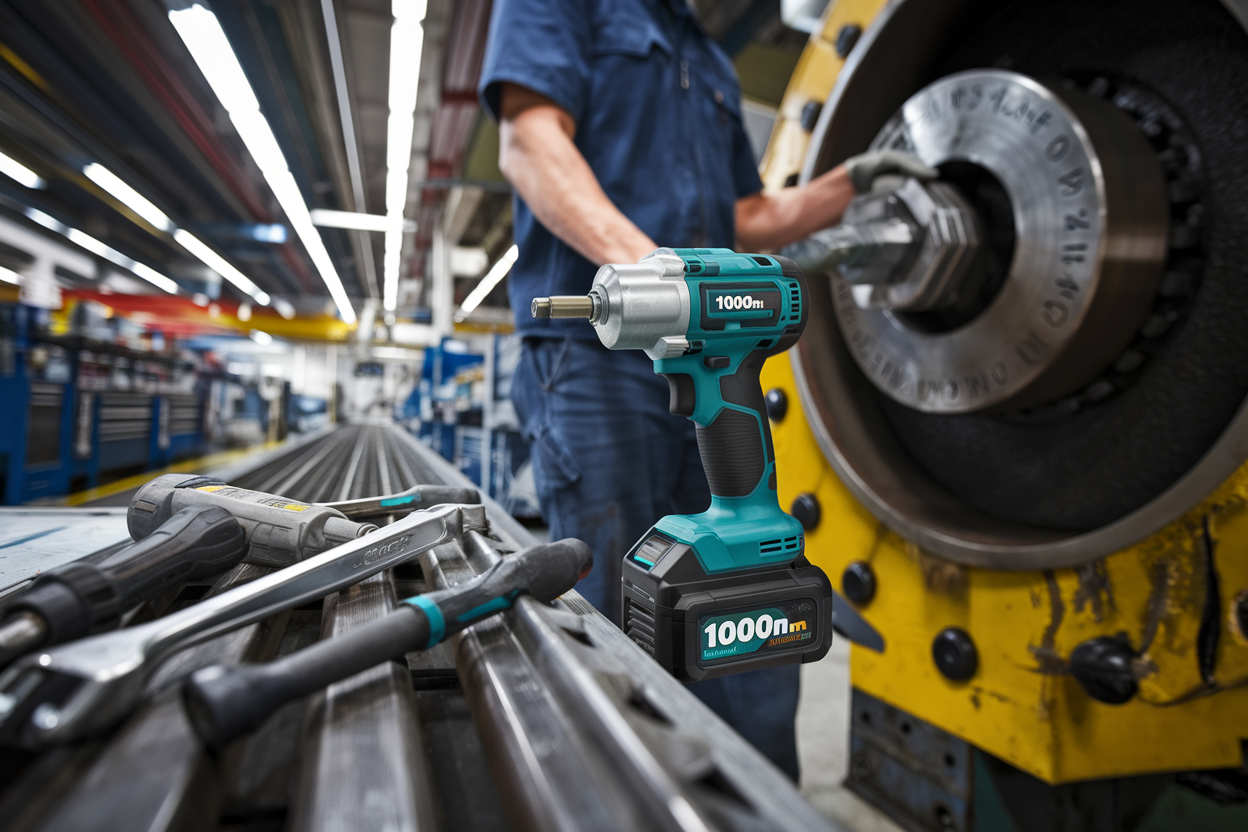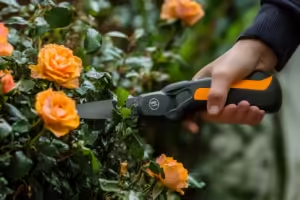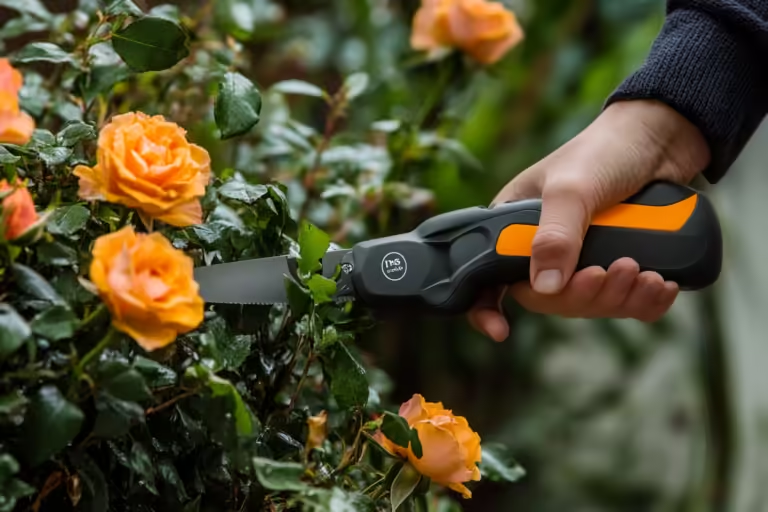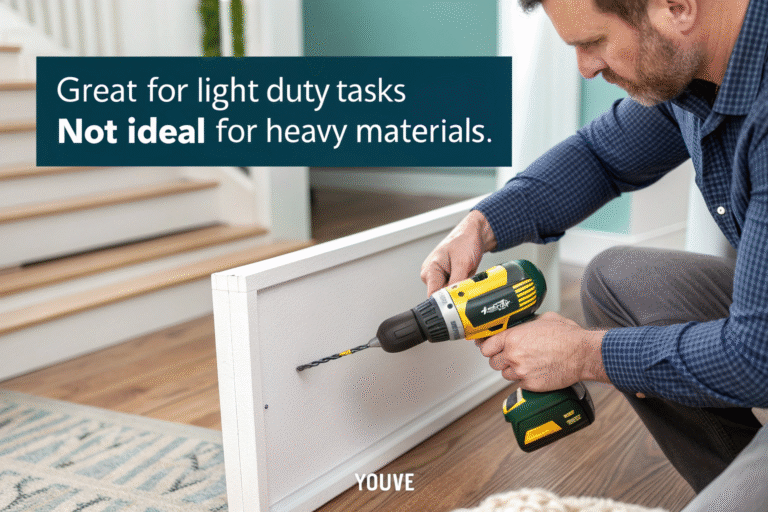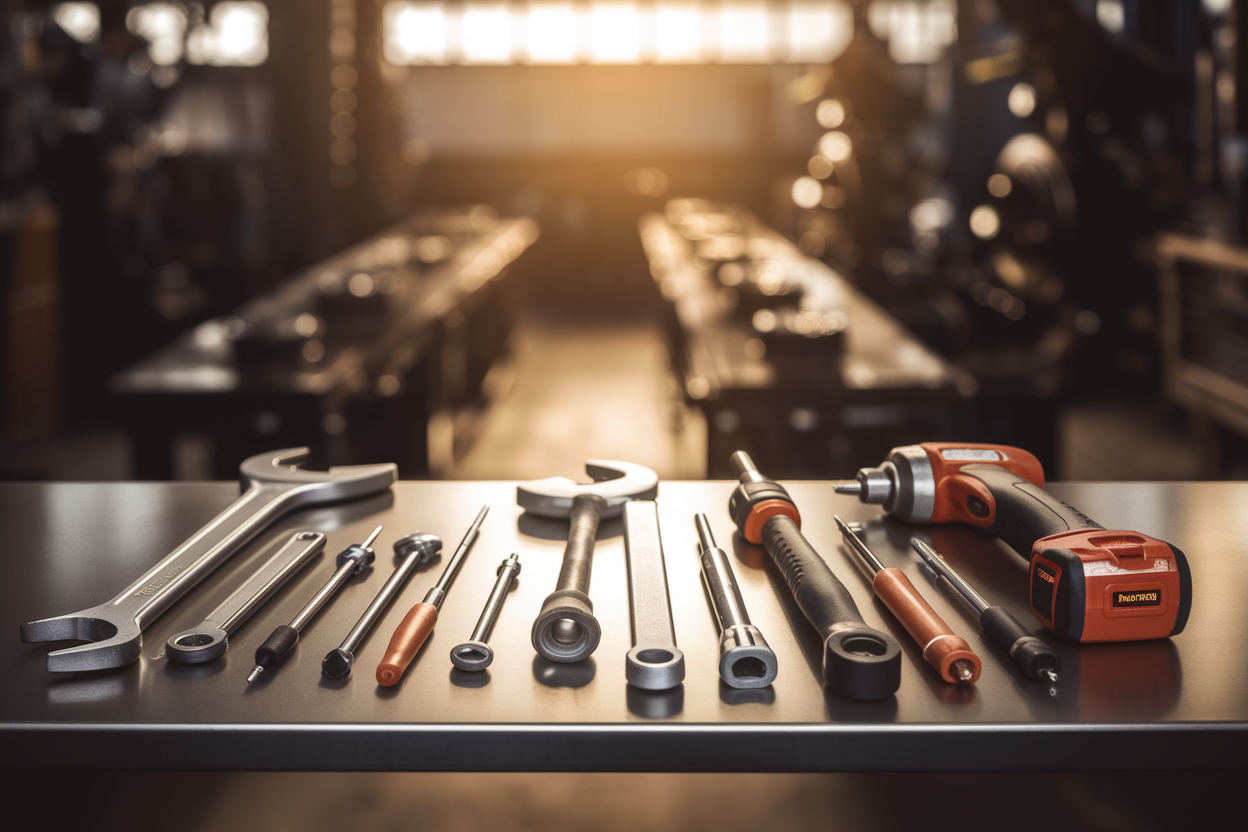
If you've ever been deep into a project and suddenly—nothing—the battery on your impact wrench1 dies, you'll know exactly why battery life matters. As someone who's been through this more times than I care to admit, I know how frustrating it can be.
Typically, an impact wrench battery lasts about 2 to 4 years or 500-1000 charging cycles, depending on usage. High-quality lithium-ion batteries can sustain longer periods, while heavy use or poor charging practices can drastically shorten lifespan.
But how do you actually maximize that life, and how can you tell when it’s finally time to say goodbye? Let me share some insights.
What is the difference between impact wrench and cordless?
Many people think impact wrenches and cordless drills are basically the same thing, but they have crucial differences that can really impact your work.
An impact wrench delivers higher torque in short, powerful bursts, perfect for tough bolts and automotive tasks, whereas cordless drills offer steady, adjustable torque, suitable for general drilling and lighter fastening jobs.
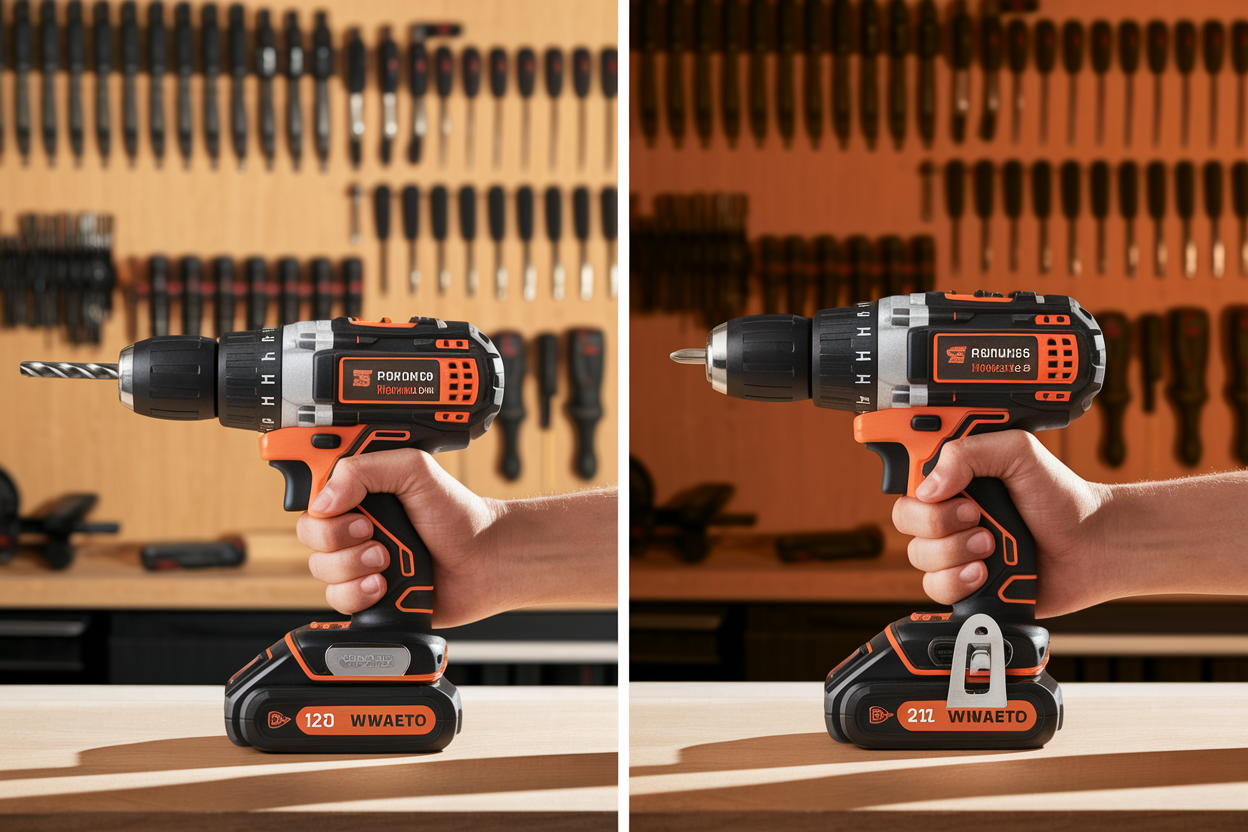
The first time I held a cordless impact wrench2, it surprised me—like holding a compact powerhouse in my hand. You see, while regular cordless drills rotate continuously, impact wrenches provide rapid, intense impacts or 'bursts'3. This unique mechanism helps you loosen rusty bolts or stubborn lug nuts easily.
Here's a simple comparison:
| Feature | Impact Wrench | Cordless Drill |
|---|---|---|
| Torque | High, impact-based | Adjustable, continuous |
| Ideal For | Heavy-duty fastening | Drilling, lighter tasks |
| Size & Weight | Generally heavier | Lighter and compact |
| Battery Usage | Higher power demand | Moderate, lasts longer |
So, picking the right tool depends heavily on your project needs. If you’re regularly tackling automotive repairs or construction, an impact wrench is your friend. But if you're mostly doing DIY projects around the house, a cordless drill might be more practical.
How do I extend the battery life on my power tool?
If you're anything like me, you're constantly looking to squeeze every last bit of life from your batteries. After all, replacing batteries isn't exactly pocket change.
To extend battery life, avoid overcharging, store batteries in cool environments, regularly use and recharge batteries, and avoid fully draining them. Proper maintenance can significantly extend battery lifespan and efficiency.
One afternoon in my garage, I learned a hard lesson about battery storage. I had left a lithium battery sitting fully discharged on a shelf all winter—come spring, it refused to charge. Lesson learned: lithium batteries hate extreme temperatures and being left fully drained.
Quick tips to help your batteries thrive:
- Store at half-charge: Batteries stored around 50% charge maintain their health best.
- Avoid extremes: Keep batteries out of direct sunlight or freezing temperatures.
- Regular use: Regularly charge and discharge your battery; it keeps the chemicals active.
Treat your battery like a trusted friend—show it care, and it’ll keep your tools running smoothly for years.
Why are cordless power tool batteries so expensive?
I've asked myself this plenty of times—staring at price tags thinking, "Is this battery made of gold?"
Cordless tool batteries are expensive due to advanced lithium-ion technology, safety mechanisms, specialized cells, and complex electronics designed for high performance and reliability. Manufacturing quality batteries involves precise engineering, leading to higher costs.
Let me tell you, the price reflects the craftsmanship. Each battery cell4 undergoes rigorous testing and precision engineering. Safety features 5built into quality batteries—such as temperature sensors, overload protection, and optimized charging systems—add to production costs.
The truth is, I've tried cheaper alternatives6, and believe me, they aren't worth the trouble. Lower-priced batteries often sacrifice safety and reliability, leading to overheating, shorter lifespan, or even damage to your tools. Investing upfront actually saves money long-term.
How do I know if my power tool battery is bad?
This one took me some practice. There's nothing worse than wondering if the battery or tool itself is faulty.
Signs of a bad battery include rapid discharge, inability to hold a charge, overheating, swelling, or significant loss in run time. If the charger indicates a fault or won't start charging, the battery is likely defective.

I vividly remember when my favorite impact wrench began losing power rapidly—it just couldn’t finish the job. At first, I thought it was the tool, but soon realized the battery felt unusually warm and was swelling slightly. It had reached the end of its life.
Simple ways to check battery health:
- Observe if runtime drastically shortens.
- Check for unusual heat or swelling.
- Notice any charging issues.
Catching battery issues early protects your tools and your productivity.
How to revive a lithium battery that won't charge?
We've all been there—a battery suddenly refuses to charge, and panic sets in. But don't toss it yet; there's hope.
Reviving a lithium battery involves briefly jumpstarting it using a healthy battery or power source to boost its voltage. Be cautious; improper handling can be dangerous. If unsure, professional battery reconditioning services are recommended.
Now, before we dive deeper, please be careful—lithium batteries require respect. However, here's how I've occasionally saved mine:
- Take a similar healthy battery with the same voltage.
- Briefly connect positive to positive and negative to negative.
- Wait just a few seconds to transfer a slight charge.
- Now, try charging it normally again.
Note: If the battery shows no improvement after this, it's time to safely recycle and replace it.
It's worth mentioning this method isn't officially recommended by manufacturers, so always prioritize safety. But sometimes, desperate times call for creative measures.
How can you check if a battery is still good?
Nothing beats certainty, especially when your battery performance seems inconsistent.
Use a multimeter to measure voltage. A fully charged lithium-ion battery typically measures around 20V (for 18V rated batteries). If significantly lower, the battery might be damaged or nearing end-of-life.
Here's how I quickly test mine:
- Charge the battery fully.
- Set your multimeter to DC voltage mode.
- Connect the probes to battery terminals.
- A healthy 18V battery typically reads around 20-21 volts fresh off the charger.
For reference:
| Voltage Reading | Battery Condition |
|---|---|
| 20-21 volts | Excellent |
| 18-19 volts | Good, slightly worn |
| Below 17 volts | Weak, consider replacing |
Knowing your battery's condition helps you plan ahead—because the last thing you want is a dead battery mid-task.
Conclusion
Battery life for impact wrenches varies, but smart care can dramatically extend it. Invest in quality, treat your tools with respect, and they'll repay you with consistent performance for years to come.
-
From this link you will learn different model of cordless wrench from YOUWE ↩
-
Understand the fundamental difference between a cordless impact wrench and a regular drill, so you can choose the right tool for heavy-duty tasks. ↩
-
Learn why impact wrenches are especially effective at dealing with tough, stuck fasteners, saving time and effort on repair jobs. ↩
-
Discover how reputable manufacturers test and engineer battery cells to ensure performance and safety, helping you understand the value behind premium pricing. ↩
-
Learn which built-in protections—like temperature sensors and overload prevention—make premium batteries safer and more durable. ↩
-
Understand the risks of using budget batteries, including tool damage and safety hazards, so you can make smarter buying decisions. ↩

